Study the diagram given below and answer the questions that follow :
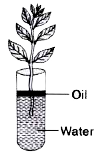
What do we observe with regard to the level of water when this set-up is placed in (1) bright sunlight (2) humid conditions (3) windy day
Step by step video & image solution for Study the diagram given below and answer the questions that follow : What do we observe with regard to the level of water when this set-up is placed in (1) bright sunlight (2) humid conditions (3) windy day by Biology experts to help you in doubts & scoring excellent marks in Class 10 exams.
Updated on:21/07/2023Topper's Solved these Questions
- TRANSPIRATIONBOOK - ICSECHAPTER - TRANSPIRATIONEXERCISE - CHOOSE THE CORRECT ANSWER
14 Videos
- TRANSPIRATIONBOOK - ICSECHAPTER - TRANSPIRATIONEXERCISE - COMPLETE THE FOLLOWING STATEMENTS
23 Videos
- STRUCTURE OF CHROMOSOMES , CELL CYCLE AND CELL DIVISION BOOK - ICSECHAPTER - STRUCTURE OF CHROMOSOMES , CELL CYCLE AND CELL DIVISION EXERCISE - ASSERTION & REASON
10 Videos
Similar Questions
Study the diagram given below and answer the questions that follow :
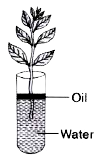
Why is oil placed over water
View SolutionStudy the diagram given below and answer the questions that follow :
What is emulsification?
View SolutionStudy the diagram given below and answer the questions that follow :
Label the parts 1 - 4.
View SolutionStudy the diagram given below and answer the questions that follow :
Label the parts 1 - 4.
View SolutionStudy the diagram given below and answer the questions that follow :
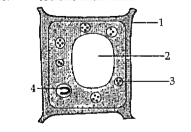
Label the parts 1 and 2.
View SolutionStudy the diagram given below and answer the questions that follow:
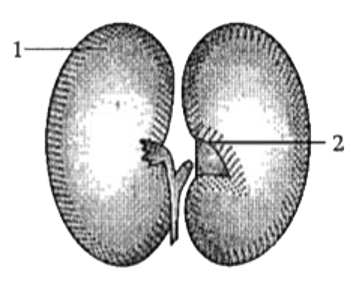
Label the parts numbered as 1 and 2.
View SolutionStudy the diagram given below and answer the questions that follow :
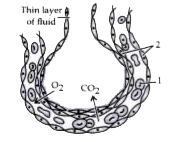
Label the parts numbered as 1 and 2.
View SolutionStudy the diagram given below and answer the questions that follow:

Label the parts numbered as 1 and 2
View SolutionStudy the diagram given below and answer the questions that follow :
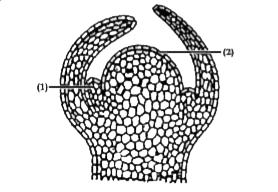
Label the parts numbered 1 and 2.
View SolutionStudy the diagram given below and answer the questions that follow :
Label the parts numbered 1 and 2.
View Solution
